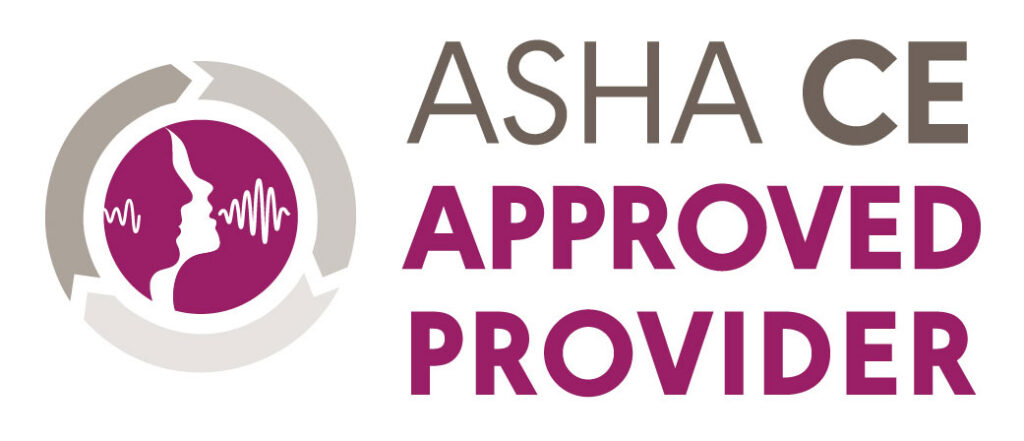
Selective mutism (SM) is a unique disorder that causes individuals to be unable to speak in specific settings or with specific listeners despite the ability to speak fully and freely when they are in a comfortable setting and/or with comfortable listeners. There is a common misconception that individuals with SM are choosing not to talk. In the words of Maggie Johnson, these individuals are “robbed of their voices”. Selective mutism is not a choice.
Selective mutism often coexists with other areas of struggle, such as: anxiety disorders, speech/language disorders, sensory integration disorders, difficulty sleeping, difficulty eating/toileting in public.
Selective mutism is often identified in the preschool years when a child first goes to school and she/he/they are not able to speak to teachers and/or peers. More mild cases may not be identified until the late adolescent or teenage years. Though this can feel like a difficult time for school teams and parents, there are wonderful resources available and with appropriate supports in place, an individual at any age can find their voice. It’s never too late!
There are different approaches for treating SM. We offer two options to school teams and families, PCIT-SM or an integrated approach.
PCIT-SM is a research-documented treatment approach developed by Dr. Steven Kurtz to help therapists, parents, and teachers working with children to overcome selective mutism (SM). PCIT-SM has been tested and found to be effective in both the individual/family format and the intensive group format. Annie DiVello is certified in PCIT-SM and is a great enthusiast of this evidence-based model of support.
Within an integrated behavioral approach, the support process often includes more than one therapeutic component. Frequent support components include counseling with a clinical psychologist, medication consultation and management with a psychiatrist, and brave voice work with a speech-language pathologist. An occupational therapist may also be a part of the team if there is a coexisting sensory integration disorder.
The most current research tells us all (evidence-based) roads lead to Rome! Driessen, J., Blom, J. D., Muris, P., Blashfield, R. K., & Molendijk, M. L. (2020). Anxiety in children with selective mutism: a meta-analysis. Child Psychiatry & Human Development, 51, 330-341.
If it is left untreated, selective mutism can severely impact an individual globally. Selective mutism is best supported by a provider who has specific training, education, and experience specific to SM and active parental and school involvement.
To learn more, visit SMA (Selective Mutism Association).
Do you know a child who may have selective mutism?
Contact me today to learn how I can help!
Selective Mutism Services

Comprehensive School-Based Evaluations
I provide school-based selective mutism evaluations to help teams to comprehensively understand their student(s) speech inhibition, anxiety, functional emotional developmental capacities, and pragmatic language specific to the school setting.

Consultative Supports for School Teams
I provide a vast array of consultative services to help school teams best support their student(s) with selective mutism. My support may be on-site, remote, or a combination. All consults are customizable to meet each team’s various needs.

In-Services for School Teams
I provide customizable two-hour in-services for a variety of different entities. These trainings include a brief clinical overview of selective mutism and information about selective mutism as it relates to the school setting.

Half or Full-Day Trainings for School Teams
I provide half and full-day trainings on the topics, “Understanding Selective Mutism in the Educational Setting” and “Treating Selective Mutism in the Educational Setting.” These trainings are team-based and intended to empower schools to best understand and support their student(s) with selective mutism.


